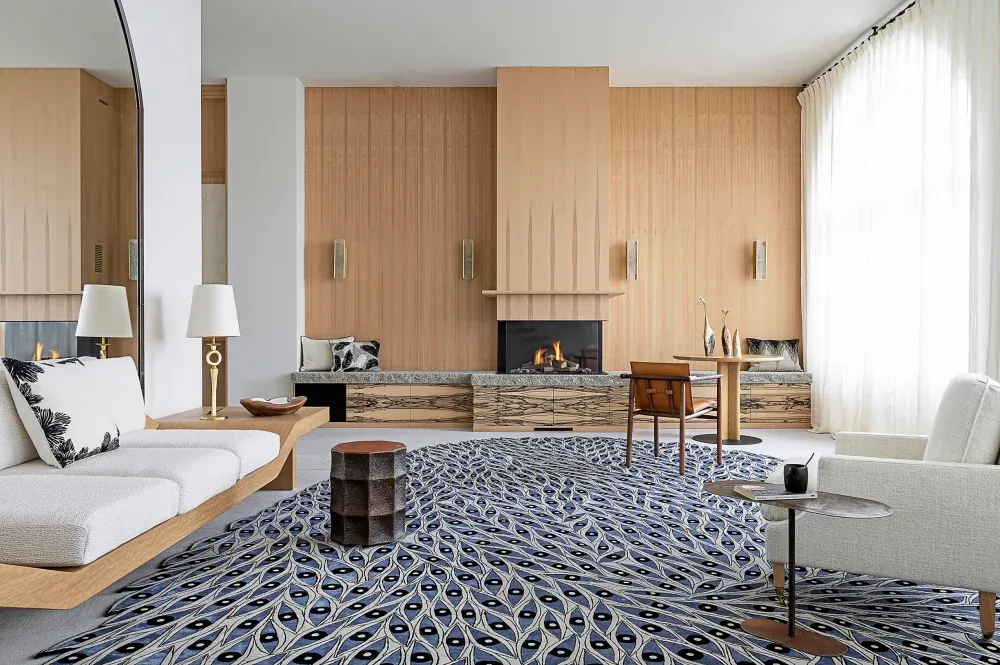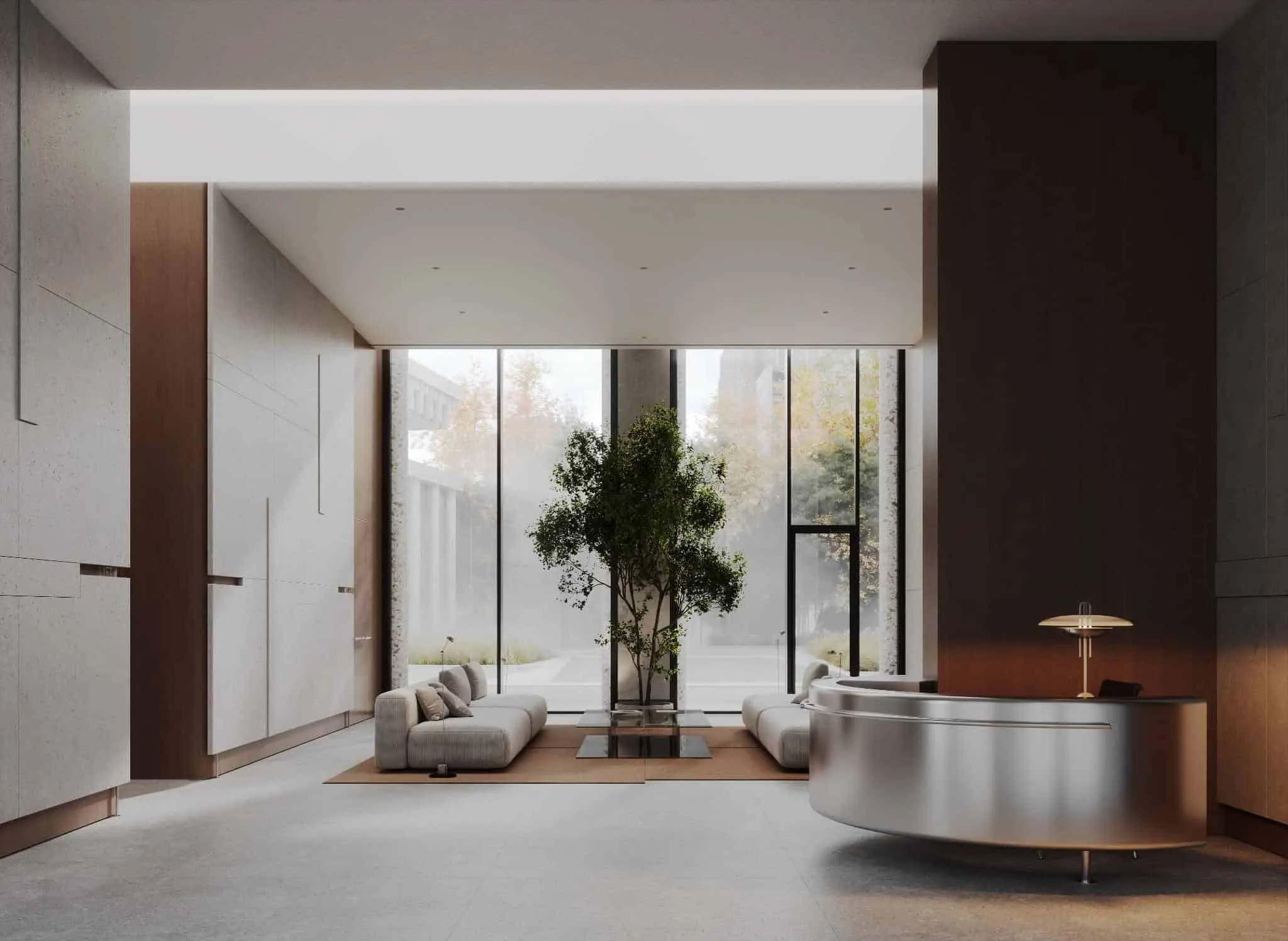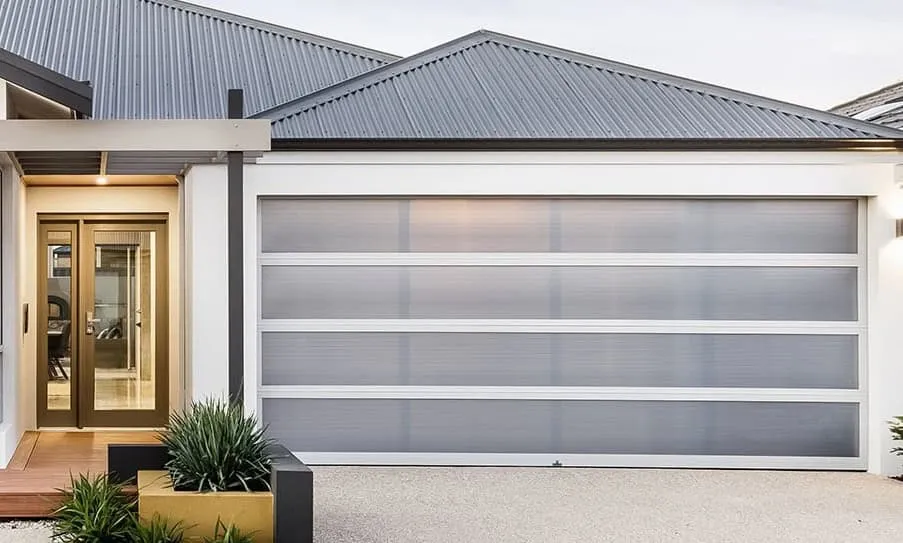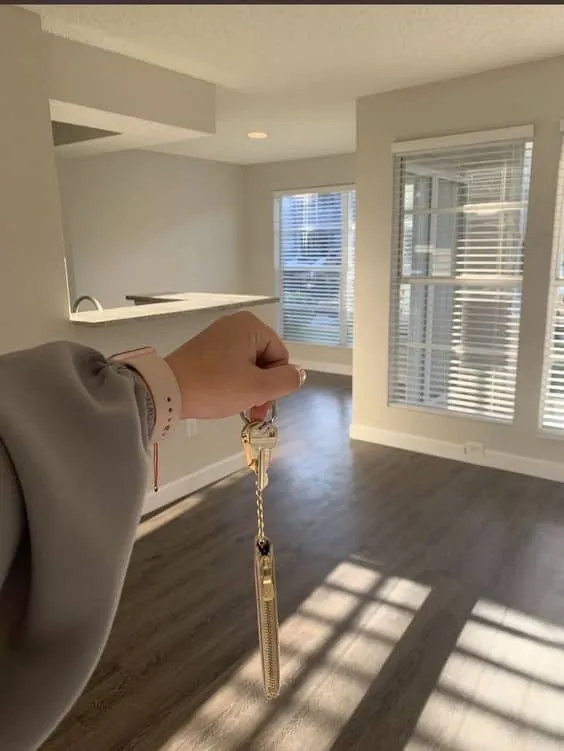There can be your advertisement
300x150
Innovative Facades Transform the Architectural Landscape
A building's facade is one of the most important elements defining its overall appearance and feel. It is also an area where architects can showcase their creativity and explore new materials and technologies to create something unique. In recent years, we have witnessed a rise in innovative facade designs that transform the architectural landscape. From interactive walls with embedded technology to 3D-printed metal panels, these modern facade systems provide high thermal insulation while maintaining an aesthetically pleasing design.

One example of such innovation is parametric design for facades, which allows designers to create complex patterns and shapes using computer algorithms. This type of design enables the creation of intricate forms at minimal cost compared to traditional methods – making it ideal for large-scale projects such as skyscrapers or stadiums. Innovative facades transform existing structures and inspire new thinking about architecture and urban planning as a whole. As technology advances, so do the possibilities for creating beautiful and functional buildings that stand out from the rest!
Balance of Aesthetics and Efficiency Through Proper Facade Systems
When choosing the right facade system for your building, it's important to consider both aesthetics and efficiency. Aesthetics matter because they define the visual appearance of the building. At the same time, efficiency is necessary to ensure that the facade system withstands various weather conditions and provides sufficient thermal insulation. To achieve a balance between aesthetics and efficiency, one should choose a facade system that combines glass, metal, stone, wood, or composite panels. Each material has unique properties that can help create an attractive exterior with excellent thermal insulation and protection against wind and rain. It's also worth considering automated systems such as electric blinds or louvers to improve the energy efficiency of building facades.
Integrating Sustainable Development into Buildings Using Practical Facade Solutions
One of the most effective ways to integrate sustainability into your building is through practical facade solutions. This may include using energy-efficient materials and insulation, installing solar panels or green roofs. These measures can reduce the building's energy consumption and carbon footprint while improving its appearance. Additionally, natural ventilation systems can be used to reduce the need for air conditioning and heating, helping to lower electricity costs. Finally, green walls or vertical gardens can be included in the facade design to create a more aesthetic environment and provide additional thermal insulation, as well as reduce noise levels.
More articles:
 Escape to Paradise - A Vacation Home with Stunning Ocean Views!
Escape to Paradise - A Vacation Home with Stunning Ocean Views! ESSENCE by BABAYANTS ARCHITECTS: Meditative Public Space in Moscow
ESSENCE by BABAYANTS ARCHITECTS: Meditative Public Space in Moscow Important Tips to Consider Before Hiring a Professional Garage Door Repair Company
Important Tips to Consider Before Hiring a Professional Garage Door Repair Company Main Tips for Creating Decor for a Dream Wedding Party
Main Tips for Creating Decor for a Dream Wedding Party Main Tips and Mistakes to Avoid When Buying Your First Apartment
Main Tips and Mistakes to Avoid When Buying Your First Apartment Main Information About Water Supply Main Lines
Main Information About Water Supply Main Lines Essential Elements for Studio Decoration with Space Optimization
Essential Elements for Studio Decoration with Space Optimization Important Tips for Preparing for Room Renovation
Important Tips for Preparing for Room Renovation